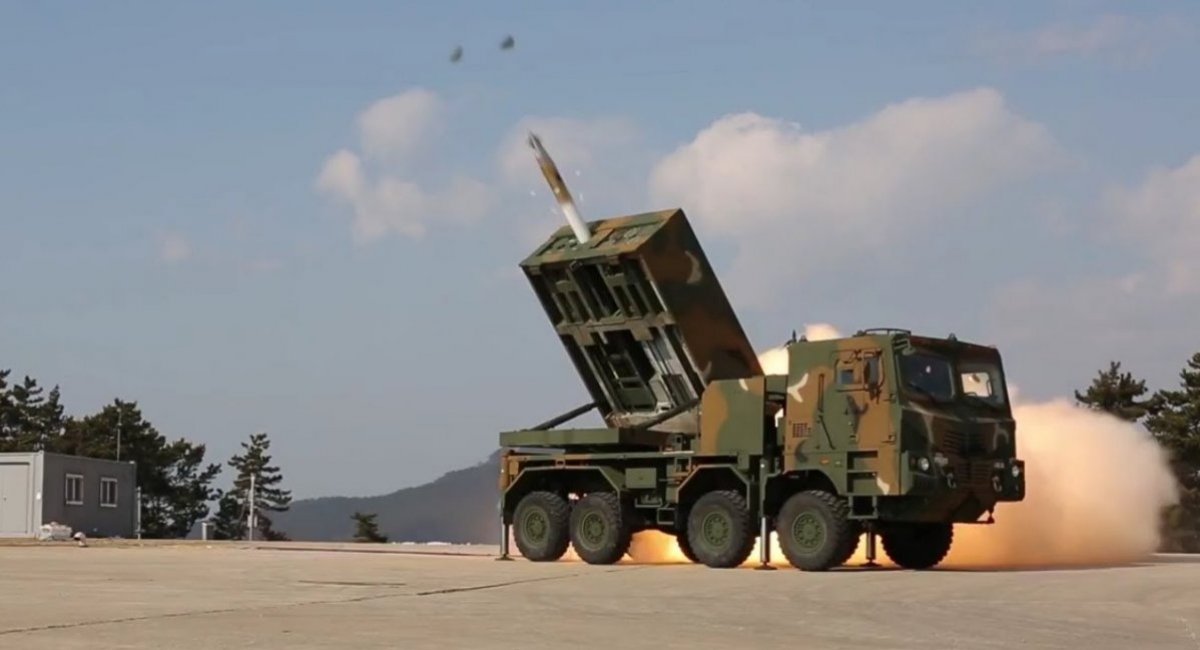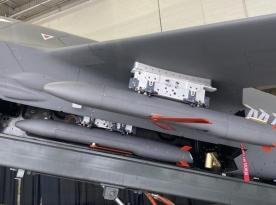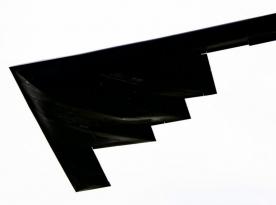French Ministry of Defense already has more or less clear plans and a defined vision for the future of its artillery and long-range strike capabilities, as showcased by the recently published report "Artillery in the Light of the New Strategic Context," presented to the parliament by the National Defence and Armed Forces Committee.
Defense Express previously covered the part of the document about the performance of CAESAR howitzers in Ukraine, now let's switch focus to the broader state of French artillery, which, as parliamentarians admit, is in a dire condition due to systematic capability cuts during peacetime.
Read more: France Revealed CAESAR Losses in Ukraine and Its Performance Compared to PzH2000 and Archer
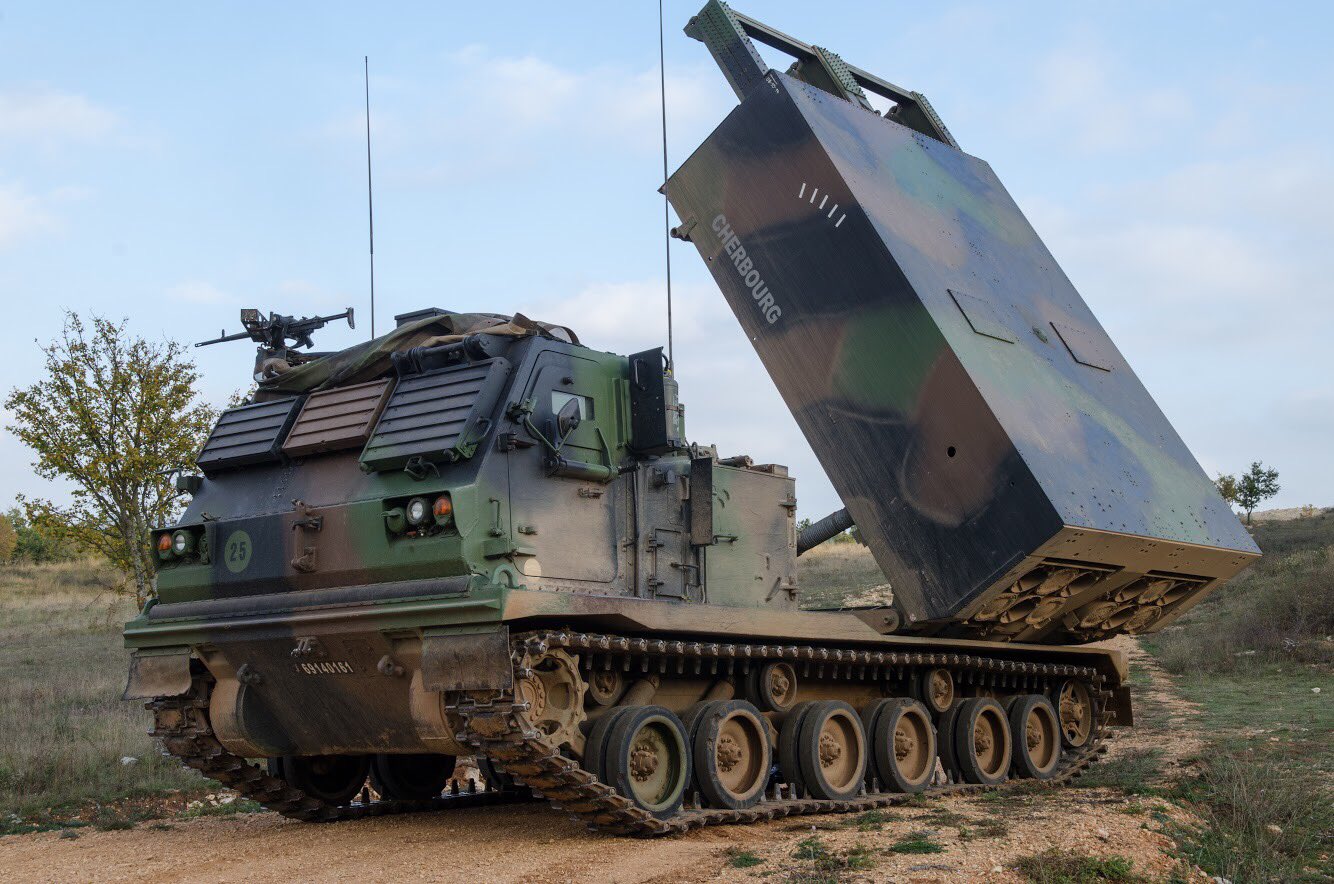
Currently, France’s maximum-range strike capacity extends only to brigade-level targets (around 60 km), with no systems capable of reaching division-level (150 km) or corps-level (300 km) depths.
The main problem lies in the planned decommissioning of the M270 LRU missile systems — only nine are currently in service. The replacement plan is neither ambitious in scale nor fast in execution: 13 new systems are expected by 2030, doubled by 2035. Moreover, there is still no clear decision on what system will replace the M270 LRUs, only a vague preference that it be domestically produced or at least manufactured under license in France.
The most developed French option so far is the Foudre system from Turgis Gaillard, but it remains at an early prototype stage. Importantly, it lacks its own munitions and would rely on Indian rockets, at best.
Domestic companies are working on a solution: MBDA and Safran on their 227mm Thundart rocket with a 150 km range, akin to the American GMLRS used in HIMARS, while Ariane Group and Thales are reportedly developing a 300 km+ range munition.
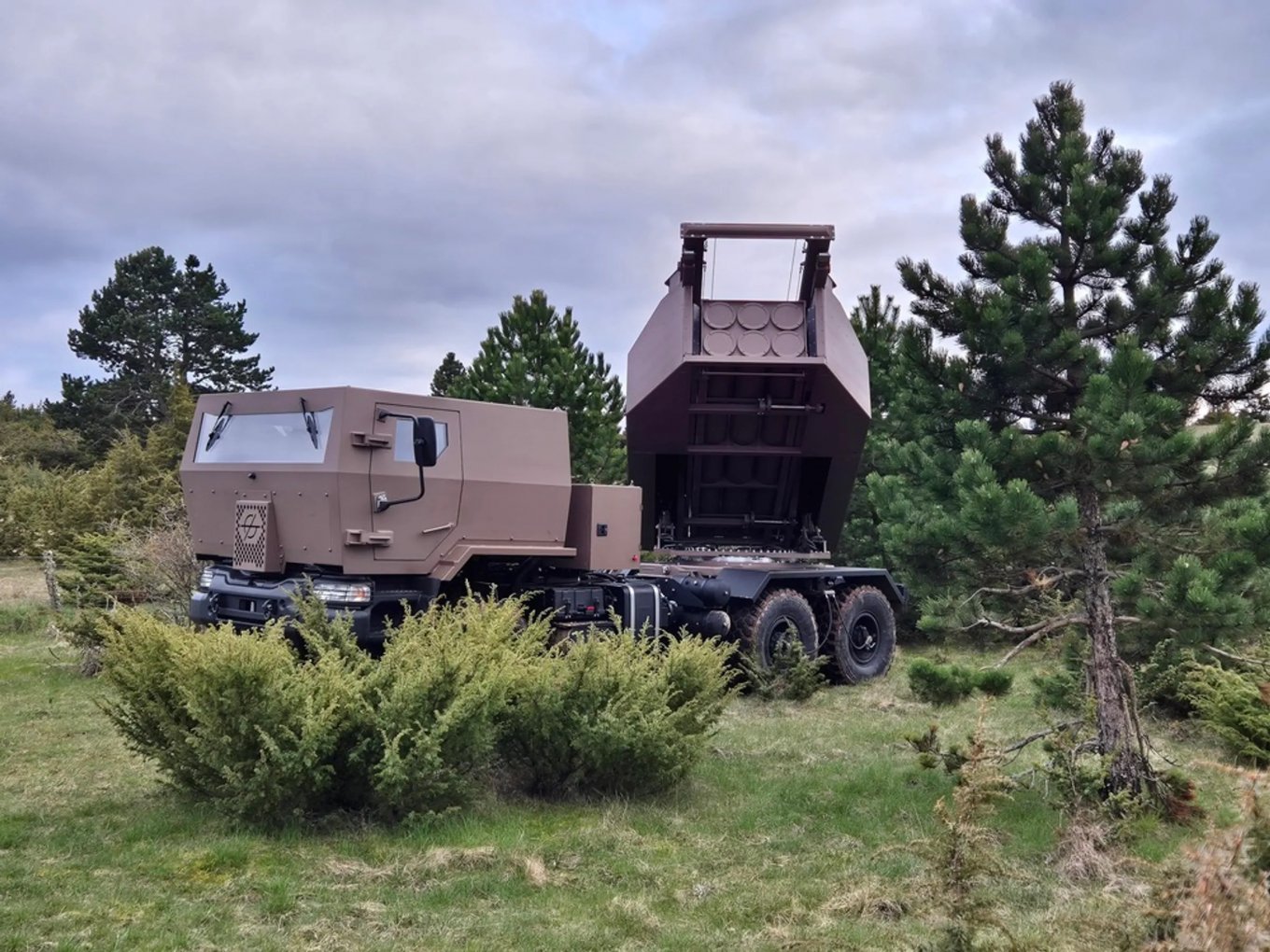
Still, the report poses a valid question: is a national solution the right answer to France’s capability gap? A domestically developed system would face low production volumes in its early stages, driving up costs and limiting availability — especially in comparison with high-demand battlefield conditions.
The French Procurement agency DGA expects the local industry to produce just 50–100 missiles annually by 2030, setting the figure as the requirement to the mentioned companies. Meanwhile, seeing Ukraine use roughly 500 long-range missiles each year in its war with russia raised doubts about whether prioritizing a national solution is the most pragmatic approach.
French lawmakers also acknowledge that a future French system is unlikely to be a significant export success. The market among European NATO members is already split between the U.S. HIMARS and Israel’s PULS, with Poland additionally opting for South Korea’s K239 Chunmoo. Most of the countries also purchased rights for local production.

At the same time, acquiring HIMARS was ruled out. Lockheed Martin’s production backlog is already full until 2029–2030, and parliamentarians also argue that "in the face of the increasingly obvious inconsistency of the American partner, the choice of Himars <...> would be geopolitically risky and politically incomprehensible."
The Israeli PULS system is similarly dismissed in a single sentence, citing "growing geopolitical tensions with Israeli partners." Moreover, France stresses that local production of munitions is a non-negotiable requirement.
As a result, by process of elimination, only two plausible options remain: the K239 Chunmoo from South Korea’s Hanwha Aerospace and India’s Pinaka system. The former, as demonstrated in the Polish case, offers deep industrial cooperation for both systems and ammunition.

Indian Pinaka, which is mentioned three times in the report, offers a range of up to 75 km in the Pinaka Mk2 version, while the Mk3 under development aims for 120 km.
Besides, France has strong defense ties with India. Just this Monday, April 28, France signed a $7.41 billion export deal for 26 Rafale-M carrier-based fighters. Given the growing defense partnership between Paris and Delhi, India is likely to approve a license for local production of Pinaka systems and munitions if requested.
Read more: Rheinmetall Aims to Make Engines For 2,000-km Missiles and Launch a Satellite Plant




